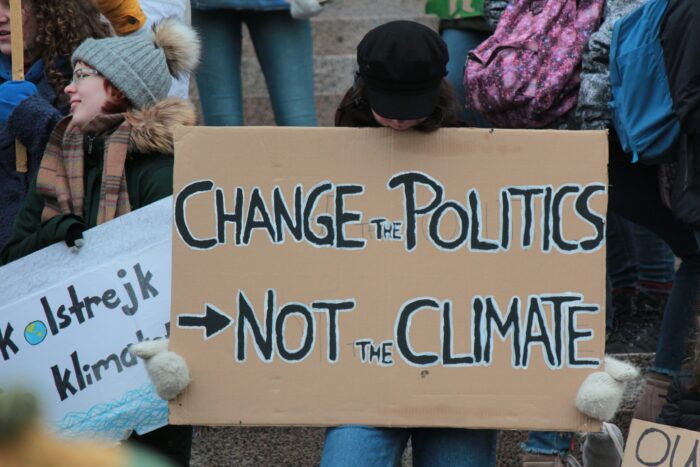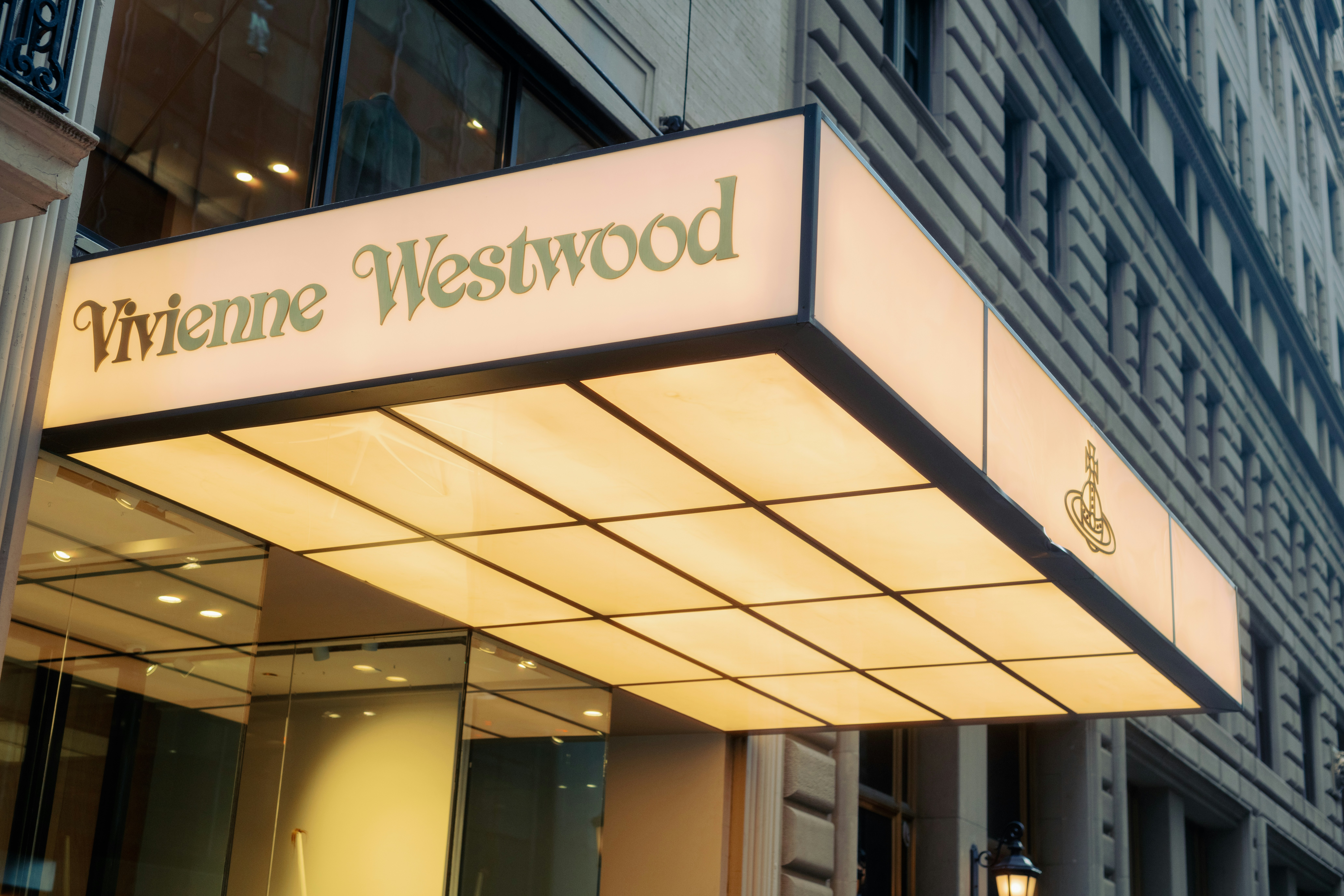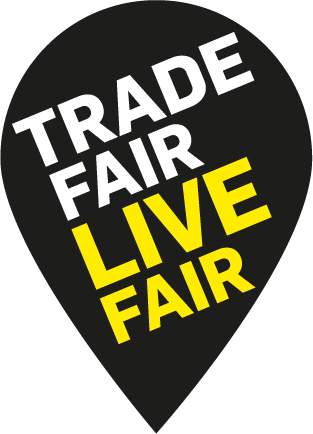https://ethicalfashioninitiative.org/Írta/ fordította: Filip Laura
Vivienne Westwood a divat világának egyik legmeghatározóbb alakja volt, különösen a fenntarthatóság terén. A nevét viselő luxusmárka ma is az általa lefektetett értékeket követi, és elkötelezetten képviseli a társadalmi és környezeti felelősségvállalást. Ebben a cikkben azt mutatjuk be, hogyan járult hozzá Westwood a fenntartható divat elterjedésébe és milyen ügyek mellett állt ki szenvedélyesen.

A punk mozgalomból kinőtt márka már a kezdetektől fogva a társadalmi kérdések és a kortárs problémák reflektorfénybe állítását tekintette küldetésének. Vivienne Westwood a divatiparban is a lázadás szellemiségét képviselte – de mindig a változás és a fejlődés érdekében. Kiállt a klímavédelem mellett, és nyíltan bírálta a modern kapitalizmus által okozott társadalmi egyenlőtlenségeket.
Aktivizmusa rendkívül sokrétű volt. A Greenpeace nagyköveteként 2013-ban megtervezte a „Save the Arctic” („Mentsük meg az Északi-Sarkot!”) kampány hivatalos logóját, majd 2015-ben globális mozgalmat indított az északi-sarki ipari halászat, valamint a kőolaj- és földgázkitermelés ellen. Emellett az Amnesty International emberi jogi szervezet munkáját is támogatta, és számos jótékonysági eseményen vett részt, hogy felhívja a figyelmet a társadalmi igazságtalanságokra.
Vivienne Westwood 2012-ben, a londoni Paralimpián indította el saját mozgalmát, a Climate Revolutiont (Klímaforradalom), hogy egyértelmű üzenetet küldjön a világnak: változásra van szükség. Küldetését egy erőteljes kijelentéssel foglalta össze:
„Szeretném, ha segítenétek megmenteni a világot – egyedül nem tudom megtenni.”
Ezzel az embereket is cselekvésre ösztönözte egy fenntarthatóbb jövő érdekében. Mozgalmának keretében egy aktivista kiáltványt is megfogalmazott, amelyben arra buzdította az embereket, hogy vállaljanak felelősséget a bolygó jövőjéért. A Climate Revolution tevékenységeiről és elért eredményeiről ezen a weboldalon található további információ: climaterevolution.co.uk.

Az egyik legkiemelkedőbb kampánya a 2011-ben indult kenyai kezdeményezés volt, amelyet az EFI-vel (Etikus Divat Kezdeményezés) közösen valósított meg. Ez a projekt az ENSZ 17 fenntartható fejlődési célja közül több kritériumnak is megfelelt, mivel a kelet-afrikai közösségeket támogatva teremtett munkalehetőségeket és segítette őket gazdasági függetlenségük elérésében.
Westwood és csapata nem segélyekkel kívánt támogatást nyújtani, hanem oktatással és munkahelyteremtéssel segítették a helyieket, hogy saját kezükbe vehessék sorsukat. Az így biztosított stabil alapjövedelem révén a munkások elkerülhették a természeti erőforrások kizsákmányolását, miközben a kézműves technikák továbbörökítésével fenntartható gazdasági modellt hoztak létre.
A projekt különleges értékét az is növelte, hogy kézzel készített termékek születtek, amelyek a helyi kultúra esszenciáját hordozták magukban. A kollekció vizuális anyagát Juergen Teller fotográfus örökítette meg. A kampány első eredményei a Vivienne Westwood 2012-es őszi-téli kollekciójában mutatkoztak meg, és a partnerség évekig tartott. A márka azóta is elkötelezett a helyi kézművesek támogatása mellett, és Indiában és Afrikában továbbra is együttműködik iparosokkal és kis közösségekkel.
Az átláthatóság érdekében az EFI weboldalán konkrét számbeli adatokat is közöltek a kampány eredményeiről, ami szerint:
- 57%-a munkásoknak iskolai költségeket finanszírozott bevételeikből.
- 91%-uk félretette bevételét és 33%-uk oktatásba, egészségügybe, lakhatásba vagy kisvállalkozás elindításába fektetett be.
- Az adott Vivienne Westwood kollekció megrendelés által a munkások bevétele 200%-kal növekedett.
Az SDG fenntartható fejlődési célok közül számos megvalósult a kampány során, például a szegénység és éhezés eltörlése, egészségügyi jólét, minőségi taníttatás, megfelelő munka és gazdasági fejlődés. A Vivienne Westwood honlapján részletesen is olvashatóak konkrét fenntarthatósági lépéseik: hulladékgazdálkodással, ellátásilánc-menedzsmentjükkel, szén-dioxid kibocsátással, anyaghasználattal vagy a fenntartható csomagolással kapcsolatos elhatározásaik.
A Vivienne Westwood márka azért emelkedik ki nem csak a luxusmárkák közül, de a divatiparból is, mivel átláthatóan és koncentráltan tesz fenntartható módon tényleges lépéseket és ezt dokumentálja, kommunikálja adatokban és vizuálisan is. A fenntarthatóság a márka alappillére.
Források:
https://www.theguardian.com/fashion/2022/dec/30/vivienne-westwood-an-appreciation
https://www.viviennewestwood.com/
https://ethicalfashioninitiative.org/
Képek forrása: Unsplash
English
Vivienne Westwood, a defining figure in sustainable fashion
Written/translated by Filip Laura
Vivienne Westwood was one of the most influential figures in the world of fashion, especially when it came to sustainability. The luxury brand that bears her name still lives by the values she set and is committed to social and environmental responsibility. In this article, we explore how Westwood contributed to the spread of sustainable fashion and the causes she passionately championed.
The brand, which grew out of the punk movement, has seen its mission from the very beginning to shine a spotlight on social issues and contemporary problems. Vivienne Westwood also represented the spirit of rebellion in the fashion industry – but always in the name of change and progress. She stood up for climate protection and openly criticized the social inequalities caused by modern capitalism.
Her activism was extremely diverse. As an ambassador for Greenpeace, she designed the official logo for the “Save the Arctic” campaign in 2013, and in 2015 she launched a global movement against industrial fishing and oil and gas extraction in the Arctic. She also supported the work of the human rights organization Amnesty International and participated in numerous charity events to draw attention to social injustices.
Vivienne Westwood launched her own movement, Climate Revolution, at the 2012 London Paralympics to send a clear message to the world that change is needed. She summed up her mission with a powerful statement:
“I want you to help save the world – I can’t do it alone.”
In doing so, she inspired people to take action for a more sustainable future. Her movement also included an activist manifesto urging people to take responsibility for the future of the planet. For more information on Climate Revolution’s work and achievements, visit climaterevolution.co.uk.
One of its most notable campaigns was the Kenyan initiative launched in 2011, which it implemented in partnership with EFI (Ethical Fashion Initiative). This project met several of the UN’s 17 Sustainable Development Goals by supporting communities in East Africa, creating jobs and helping them achieve economic independence.
Westwood and her team did not intend to provide aid through aid, but rather through education and job creation, helping local people take control of their own destiny. The stable basic income provided workers with the opportunity to avoid the exploitation of natural resources, while creating a sustainable economic model by passing on artisanal techniques.
The special value of the project was also enhanced by the fact that handmade products were created that carried the essence of local culture. The visual material for the collection was captured by photographer Juergen Teller. The campaign’s first results were seen in Vivienne Westwood’s Fall/Winter 2012 collection, and the partnership lasted for years. The brand has since become committed to supporting local artisans and continues to work with artisans and small communities in India and Africa.
In the interest of transparency, EFI’s website also provides specific figures on the campaign’s results, stating:
57% of workers used their earnings to fund school fees.
91% of them saved their earnings and 33% invested in education, healthcare, housing or starting a small business.
The workers’ income increased by 200% by ordering a particular Vivienne Westwood collection.
Many of the SDG sustainable development goals were achieved during the campaign, such as eradicating poverty and hunger, ensuring good health, quality education, decent work and economic development. Vivienne Westwood’s website also provides detailed information on their specific sustainability steps: their decisions regarding waste management, supply chain management, carbon emissions, material use, and sustainable packaging.
The Vivienne Westwood brand stands out not only among luxury brands, but also in the fashion industry, because it takes concrete steps in a sustainable way in a transparent and focused manner, and documents and communicates this in data and visually. Sustainability is the cornerstone of the brand.
Sources:
https://www.theguardian.com/fashion/2022/dec/30/vivienne-westwood-an-appreciation
https://www.viviennewestwood.com/
Burkina Faso is the biggest African cotton producer and exporter, so it is no surprise that it boasts a strong textile heritage of handwoven cotton fabric, traditionally called Danfani. Stripes are the signature style of handwoven Burkinabé fabric however artisans are able to weave complex tartan and hounds-tooth fabric designs. Preparing the design on the loom itself can involve three to seven days of work depending on the complexity of the design. Artisans can weave on small and wide looms, the latter makes the fabric more attractive commercially as fashion & design buyers can do more with this larger fabric.
In Burkina Faso, the Ethical Fashion Initiative has worked to create a cooperative which links up several weaving ateliers. The introduction of wide looms and financing of capacity building workshops has also been central to the Ethical Fashion Initiative’s work of bringing brands like Stella Jean, United Arrows and Vivienne Westwood to work with artisans in this area of the world.
In this video, Italo-Haitian fashion designer Stella Jean travels to Burkina Faso with the Ethical Fashion Initiative to meet with handweaving artisans and source fabrics with local weaving ateliers to create her SS14 collection.
Since this visit, Stella Jean has used hand-woven fabric from Burkina Faso in each of her collections.
Many women used to weave on their own account, however many gave up because it was too difficult to sell their stock and make a living from it. Joining the weaving cooperative allows them to receive many more orders, work with others and improve their skills.
Most importantly, more orders means more income for them to take control of their lives. Clémentine, a mother of three children says that since joining the cooperative she has many more orders and “this means I earn more money which improves my life and the life of my family.” Clémentine was also recently able to purchase a motorcycle which makes her independent and helps her get from work to home.
Most women use the income they receive from the orders placed by fashion houses to give a better life to their children. Mamounata says that with the income earned “I can provide for my family and keep my bike in good condition.” Joséphine is able to feed her family with the money earned and has also managed to resolve some financial issues.
Some women had no background in weaving but decided to give the craft a chance to turn their lives around. For example Véronique used to collect sand and gravel to provide for her family. However, since she joined the cooperative she states that her life has changed because “I can now pay the school fees for my children, medical costs and food. In short, I earn enough to provide for my seven children.” Augustine used to cut wood and also collect sand and gravel to sell. She says that she rushed to join the cooperative as soon as she heard of it and says that “Frankly, my life is now much better. I have six children and I can cover all their needs.”
Learning new skills is very important not only to ensure fabric is woven to high standards but also for the confidence of the women artisans. Brigitte began weaving four years ago and since has learnt many weaving skills during this time. She now feels she truly has a profession because before “I didn’t know how to do anything.” Christine began weaving two years ago and says “My life is much better than before” – she now dreams to own a bike of her own.
The Ethical Fashion Initiative is proud to work with many women weavers from Burkina Faso who have been able to improve and take control of their lives through dignified work, producing fabric for luxury fashion houses.
Photo credits: Anne Mimault & ITC Ethical Fashion Initiative






